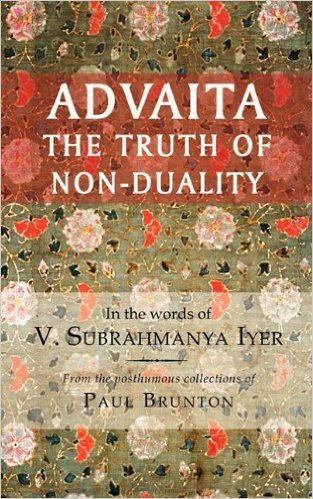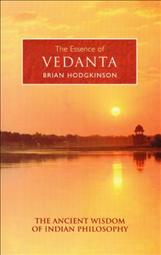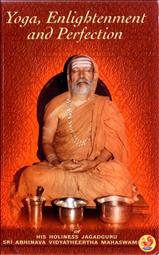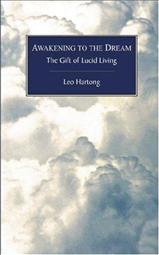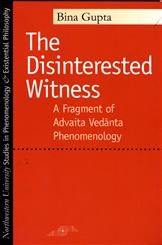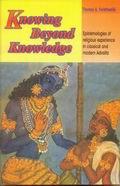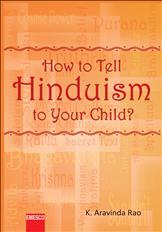Advaita: The Truth of Non-Duality
“Paul Brunton left 1200 pages of single spaced type written notes from his period with V.S.Iyer. Iyer was an Advaitin teacher behind the scenes of the Ramakrishna Mission in the 40’s. Guru of Swami Siddeshwarananda and Swami Nikhilananda and the Maharaja of Mysore. The notes are available at […] publications/#vsiyer. Out of that material I compiled the paragraphs I thought were the best, most concise and to the point. I had them on the website for years and then someone studied the material and asked to publish the compilation.” This book reads like notes taken in a university course, really good notes from a great teacher!
Hence, there’s a sense of disjointedness, even though the paragraphs are related and logical. No one is questioning the accuracy of the notes or the correctness of the teacher, just saying that the book reads like notes that were taken. For example, here are four paragraphs in the order they appear in the book. Remember, this stuff was written in the 30s and 40s: “Emotion cannot be killed, but it must be brought under the control and check of reason. Reason must be kept on top, as emotion often leads the truth-seeker astray. “That which dupes 99% of people is taking satisfaction for truth. Beware of that which satsifies your feelings. “If you do not take away the ego, the `me’, no proper inquiry into philosophical truth is possible, but only into religion. “The ego magnifies what it prefers or desires, thus distorting outlook and incapacitating it for truth.” Some paragraphs are longer and flow better than the ones above, but there’s still the feel of reading notes and the sense that the paragraphs are modular and can be moved around. Some readers might like to know they’re reading notes, as they might feel they’re getting at the essence of Iyer’s teaching.
To me, the teachings appear solid as rocks and therefore a good introduction to Advaita or a supplement to a formal course of study. Here are examples from each chapter: Philosophy: The Inquiry into Truth: “What is wanted in Advaita is thinking it out for yourself all the 24 hours and not merely reading books or hearing words.” Means and Methods of Inquiry: “Advaita does not prove that there is One: It proves that there is no second thing!” The Need of Semantics: “First find out the meaning of words. You will find that they are simply mental images.
These again are just your constructions and concoctions.” Perception and Idealism: “What we start with we call `outside object’ and what we finish with we call `percept’. Our illusion lies in thinking the two are different. They are not, but one and the same.” Change and Illusion: “The individual is a bundle of memories, desires, etc. What are memories and desires? Something imagined. Therefore the individual self is entirely an imagination.” Mind, the Ideation of Consciousness: “If you can cast away the ego-consciousness, the individual mind is the same as the universal mind. “All objects and creatures are mind alone. In advanced Vedanta you convert this statement into, `are Atman alone’. “All these [scriptural] quotations prove that Advaita teaches that mind is none other than what India calls Self, Atman, Universe and Brahman.” The Self, the Seer of the Seen: “Once you understand the ego, you will have understood 90% of Vedanta. You must learn that the ego is different from consciousness.” Avasthatraya: Coordinating the Three States of Consciousness: “It will be a great error to write that the world is a dream: It is not. The correct statement is: The world is like a dream. This is because both dream and waking worlds are mental constructs.” Realisation of Truth is the Removing of Ignorance: “Non-duality does not mean the non-existence of a second thing, but its non-existence as other than yourself. The mind must know it is of the same substance as the objects.” The Doctrine of Non-Causality: “We do not deny that a succession of ideas, [that] objects appear before us. What we deny is that there is a causal relation between them.” Advaita in Practice: “What is the fundamental reason why we should control the senses? Because their characteristic is to make you think erroneously that the second thing is real, that the objects are real.” The Jnani, the Knower of Truth: “The jnani makes no voluntary effort, but does what has to be done. Therefore he will practice both activity and abstention at different times.”
Where it is difficult to find in-person teachers of Advaita, and where Advaita demands a lifelong relationship with a teacher, what does a person do? If you’re hungry enough, you’ll move to where a teacher is available. If you’re hungry for what the study of Advaita can deliver, but won’t move to where the teacher is, or can’t afford to bring a teacher to you, then you have to read, study, communicate with people online, meet teachers in person occasionally. This would be a very good book as part of your lifelong learning of Advaita, or the truth of who you are.
http://www.amazon.com/exec/obidos/ASIN/0982525540/fromtheunreat-20
http://www.amazon.co.uk/exec/obidos/ASIN/0982525540/thespiritupat-21


